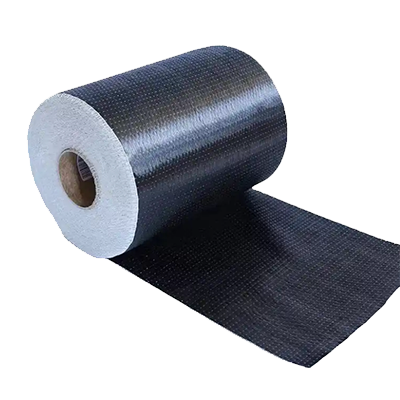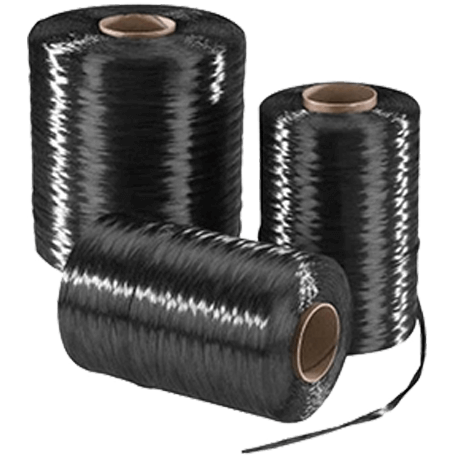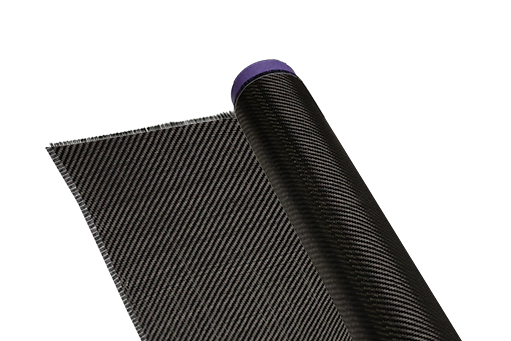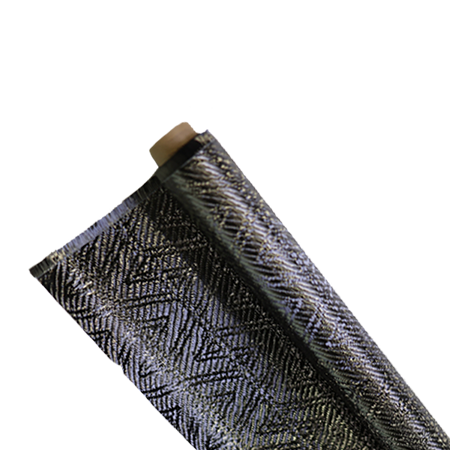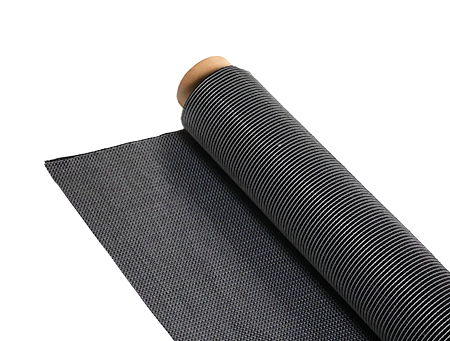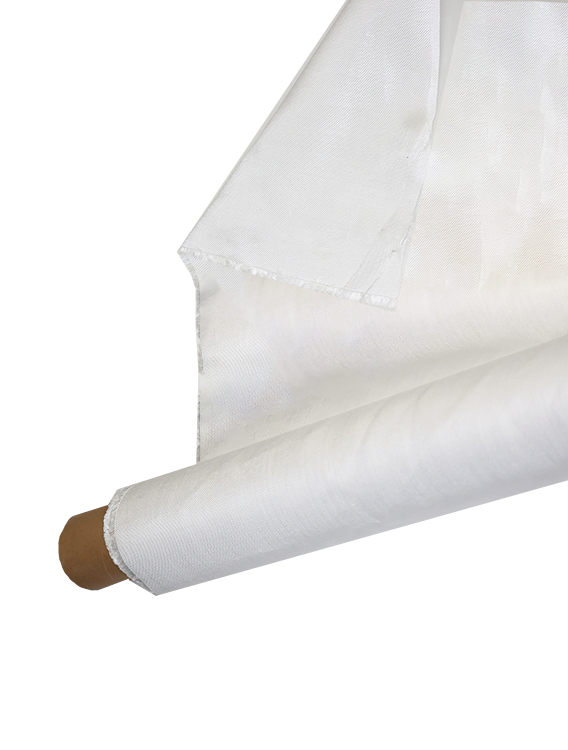How Long Does Custom Carbon Fiber Part Production Typically Take?
-
Table of Contents
“Custom Carbon Fiber Parts: Precision Crafted in Weeks, Not Months!”
Introduction
The production timeline for custom carbon fiber parts can vary significantly based on several factors, including the complexity of the design, the manufacturing process used, and the specific requirements of the project. Generally, the production can take anywhere from a few days to several weeks. Simple parts may be produced quickly using techniques like hand layup or resin infusion, while more intricate designs that require advanced methods such as autoclave curing or CNC machining may extend the timeline. Additionally, factors such as material sourcing, tooling, and post-processing can further influence the overall production duration. Understanding these variables is essential for setting realistic expectations for custom carbon fiber part delivery.
Factors Influencing Custom Carbon Fiber Part Production Time
The production time for custom carbon fiber parts can vary significantly based on several influencing factors. Understanding these elements is crucial for clients seeking to optimize their project timelines and manage expectations effectively. One of the primary factors is the complexity of the design. Intricate designs with multiple features or geometries typically require more time for both the design and manufacturing processes. This complexity can lead to extended periods for prototyping, as engineers and designers may need to iterate on the design multiple times to ensure functionality and performance.
In addition to design complexity, the size of the part plays a critical role in determining production time. Larger components often necessitate more extensive tooling and longer curing times, which can extend the overall timeline. Conversely, smaller parts may be produced more quickly, but they still require careful attention to detail to ensure quality and precision. Therefore, clients must consider both the dimensions and the intricacies of their desired components when estimating production time.
Another significant factor is the choice of manufacturing method. Various techniques, such as hand layup, automated fiber placement, or resin transfer molding, each have their own timelines and efficiencies. For instance, hand layup is often more time-consuming due to the manual labor involved, while automated processes can expedite production but may require substantial initial setup time. Consequently, the selected manufacturing method can greatly influence the overall duration of the project.
Moreover, the availability of materials can also impact production timelines. Carbon fiber and resin materials must be sourced and prepared before manufacturing can commence. If specific materials are not readily available, lead times can increase, causing delays in the production schedule. Additionally, the quality of the materials can affect the curing process, as subpar materials may require additional time to achieve the desired properties. Therefore, ensuring that high-quality materials are on hand is essential for maintaining an efficient production timeline.
Furthermore, the experience and expertise of the production team can significantly influence the speed of custom carbon fiber part production. Skilled technicians and engineers who are well-versed in carbon fiber manufacturing processes can often identify potential issues early in the production cycle, thereby reducing the likelihood of costly delays. Conversely, a less experienced team may encounter challenges that prolong the production timeline. Thus, investing in a knowledgeable workforce can lead to more efficient production and quicker turnaround times.
Lastly, project management and communication between the client and the production team are vital for ensuring that timelines are met. Clear communication regarding project specifications, deadlines, and any potential changes can help streamline the production process. Regular updates and feedback loops can also facilitate quicker decision-making, allowing for adjustments to be made promptly if necessary. In summary, the production time for custom carbon fiber parts is influenced by a multitude of factors, including design complexity, part size, manufacturing methods, material availability, team expertise, and effective communication. By understanding these elements, clients can better navigate the production process and set realistic expectations for their projects. Ultimately, a well-coordinated approach that considers these factors can lead to successful outcomes in custom carbon fiber part production.
Typical Timelines for Different Types of Carbon Fiber Parts
The production timeline for custom carbon fiber parts can vary significantly based on several factors, including the complexity of the design, the type of part being produced, and the manufacturing processes employed. Understanding these timelines is essential for businesses and individuals looking to incorporate carbon fiber components into their projects. Typically, the production of carbon fiber parts can be categorized into several types, each with its own expected timeframe.
For simple carbon fiber components, such as flat sheets or basic shapes, the production process can be relatively quick. Generally, these parts can be manufactured within a timeframe of one to two weeks. This rapid turnaround is often achievable due to the straightforward nature of the design and the efficiency of the manufacturing techniques used, such as vacuum bagging or hand layup. These methods allow for a streamlined production process, enabling manufacturers to meet tight deadlines while maintaining quality.
In contrast, more complex carbon fiber parts, such as those requiring intricate geometries or specialized features, typically demand a longer production timeline. For instance, components like automotive body panels or aerospace structures may take anywhere from three to six weeks to produce. The extended timeframe is largely attributed to the need for advanced tooling, precise engineering, and rigorous quality control measures. Additionally, the design phase for these parts can be extensive, as it often involves multiple iterations and refinements to ensure optimal performance and fit.
Moreover, the production of custom carbon fiber parts often involves a significant amount of collaboration between the client and the manufacturer. This collaborative process can further influence timelines, as it may require several rounds of design reviews and adjustments. Consequently, it is not uncommon for the overall timeline to extend beyond the initial estimates, particularly if the project involves unique specifications or innovative applications. Therefore, effective communication and clear expectations are crucial in managing the production timeline.
Another important consideration is the type of manufacturing process selected for the production of carbon fiber parts. For example, automated processes such as resin transfer molding (RTM) or automated fiber placement (AFP) can significantly reduce production times compared to traditional methods. While the initial setup for these automated processes may require a longer lead time, the actual production of parts can be completed in a matter of days once the system is operational. This efficiency makes automated processes particularly appealing for high-volume production runs, where time savings can translate into substantial cost reductions.
In addition to the manufacturing process, the curing time of the resin used in carbon fiber production also plays a critical role in determining the overall timeline. Depending on the specific resin formulation and the curing method employed, this phase can take anywhere from a few hours to several days. Manufacturers must carefully consider these factors when planning production schedules, as they can significantly impact delivery timelines.
Ultimately, while the production of custom carbon fiber parts can vary widely in terms of duration, understanding the typical timelines associated with different types of components can help stakeholders make informed decisions. By considering factors such as complexity, manufacturing processes, and collaboration, clients can better navigate the intricacies of carbon fiber production and set realistic expectations for their projects. As the demand for lightweight, high-performance materials continues to grow, staying informed about these timelines will be essential for successfully integrating carbon fiber into various applications.
Tips for Reducing Lead Time in Carbon Fiber Manufacturing
In the realm of custom carbon fiber part production, lead time can often be a critical factor influencing project timelines and overall satisfaction. Understanding how to effectively reduce this lead time can significantly enhance efficiency and productivity. One of the most effective strategies for minimizing lead time is to establish clear communication with the manufacturer from the outset. By articulating specific requirements, expectations, and deadlines, clients can ensure that manufacturers have a comprehensive understanding of the project scope. This clarity not only helps in aligning production schedules but also facilitates quicker decision-making throughout the manufacturing process.
Moreover, providing detailed design specifications can further streamline production. When clients supply precise drawings, dimensions, and material requirements, it reduces the likelihood of misunderstandings and revisions later in the process. Utilizing advanced design software can also aid in creating accurate models that can be easily interpreted by manufacturers. This proactive approach minimizes the back-and-forth that often extends lead times, allowing for a more efficient workflow.
In addition to clear communication and detailed specifications, selecting the right manufacturing method can significantly impact lead time. Different techniques, such as hand layup, automated fiber placement, or resin transfer molding, vary in their production speed and complexity. By collaborating with manufacturers to choose the most suitable method for the specific application, clients can optimize the production process. For instance, while hand layup may offer greater flexibility for small batches, automated processes can be more efficient for larger production runs. Understanding the nuances of each method allows clients to make informed decisions that align with their timelines.
Another important consideration is the selection of materials. The availability of carbon fiber and resin types can vary, and delays in sourcing these materials can extend lead times. Therefore, it is advisable for clients to discuss material options with their manufacturers early in the process. By identifying readily available materials or considering alternative options, clients can mitigate potential delays. Additionally, establishing a reliable supply chain for materials can further enhance production efficiency, ensuring that the necessary components are on hand when needed.
Furthermore, investing in advanced manufacturing technologies can also play a pivotal role in reducing lead times. Techniques such as 3D printing and computer numerical control (CNC) machining can expedite the prototyping phase, allowing for quicker iterations and refinements. By leveraging these technologies, manufacturers can produce parts more rapidly and with greater precision, ultimately shortening the overall production timeline.
Lastly, fostering a collaborative relationship with the manufacturer can lead to continuous improvements in lead time. Regular check-ins and feedback sessions can help identify bottlenecks and areas for enhancement. By working together to address challenges and implement solutions, both parties can contribute to a more efficient production process.
In conclusion, reducing lead time in custom carbon fiber part production requires a multifaceted approach that encompasses clear communication, precise specifications, appropriate manufacturing methods, material selection, advanced technologies, and collaborative relationships. By implementing these strategies, clients can not only enhance the efficiency of their projects but also ensure timely delivery of high-quality carbon fiber components. Ultimately, a proactive and informed approach to the manufacturing process can lead to significant time savings and improved outcomes.
Q&A
1. **Question:** What is the typical timeframe for producing custom carbon fiber parts?
**Answer:** Custom carbon fiber part production typically takes between 2 to 6 weeks, depending on complexity and volume.
2. **Question:** What factors can affect the production time of custom carbon fiber parts?
**Answer:** Factors include part complexity, design specifications, material availability, and the manufacturer’s workload.
3. **Question:** Can expedited production options reduce the time for custom carbon fiber parts?
**Answer:** Yes, many manufacturers offer expedited services that can shorten production time to as little as 1 week, depending on the project.

